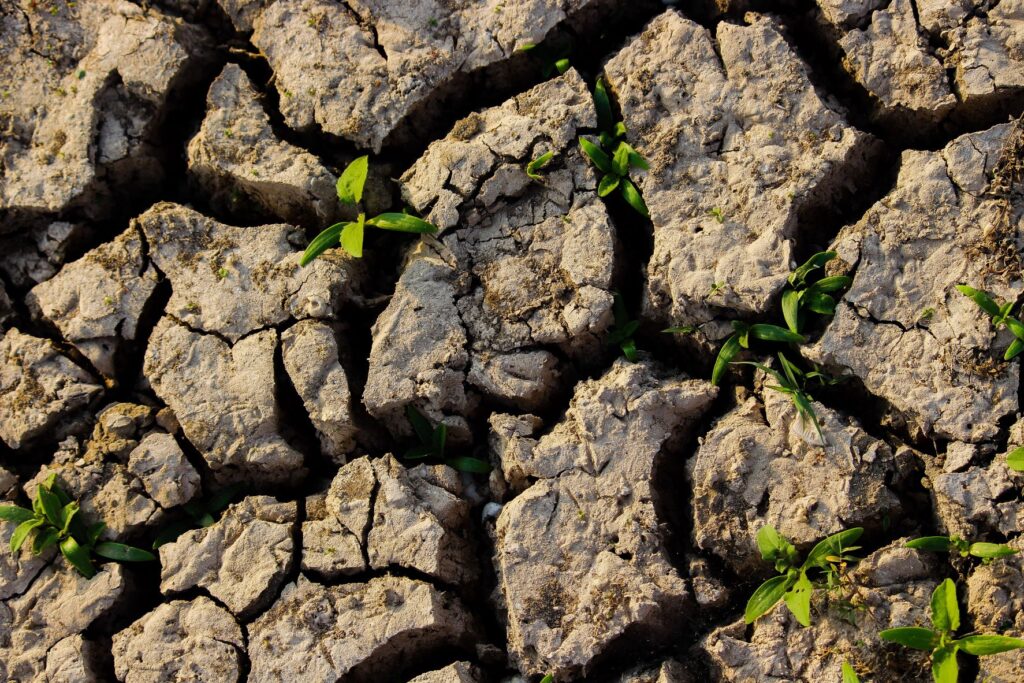
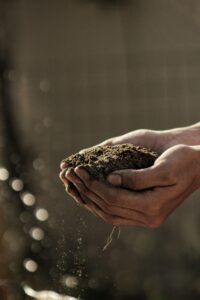
Photo by Gabriel Jimenez, Unsplash
You too can Sequester Carbon Right in Your Own Yard
We all know that climate change is real and rapidly changing our environment. But what can we do in our small urban yards to help?
Simply put, stop digging. Sounds easy enough, just stop digging. But why?
When we dig out those pesky weeds or turn over the soil, we release carbon that has been sequestered in the soil by our plants. By leaving the soil alone, the organisms big and small can do their jobs. Big organisms like worms and creepy crawlies work their way through the soil keeping it open and light. This allows the microorganisms to do the heavy work.
The technique we call No-dig for Better Soil makes good common sense!
Did you Know? There are more microorganisms in one teaspoon of healthy soil than there are people on earth.
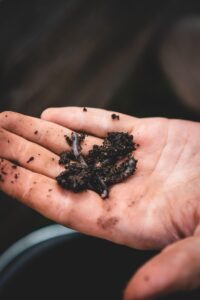
Photo Jonathan Kemper, Unsplash
By leaving the soil undisturbed, we leave more carbon locked in the ground.
Tiny organisms are working away at the Soil Organic Matter (SOM). SOM is plant debris left in place to decompose (ie. leaves, dead roots, or compost). Plants pull carbon dioxide from the environment to use as fuel for photosynthesis, use what they need releasing oxygen to the atmosphere and carbohydrates into the soil. Microbes feed on the carbohydrates released by plants and on the SOM releasing vital nutrients that the plants need. When we turn the soil oxygen is introduced, which oxidizes the carbon converting it back into CO2 and releasing it back into the environment. There is a delicate balance between carbon produced and carbon used. When we disturb the soil we starve the billions of carbon munching microbes that live in the top layer of soil.
How does NO-Dig for Better Soil also benefit gardeners?
Do you still need another reason to put the shovel down? When we disturb the soil, we are also bringing the next crop of weed seeds to the surface for them to enjoy the sun and rain only to start the cycle all over again. The weed seeds appreciate the kindness of allowing them the conditions they need to grow.
As gardeners, we can do our part to keep as much carbon in our soils as possible. Next time you think of cleaning a dead plant out of your perennial bed or the veggie garden, consider cutting it off at the surface and leaving the roots in the soil to decompose. The roots add to the soil stability while providing future food for the microbes. Chances are there won’t be much left of the roots when you go to plant again next spring.
All we really need to do is avoid digging or turning the soil, add mulch regularly and stay off the soil. Sounds simple enough right?
Other Steps to Take
Adding mulch is a very important step. This can be a green mulch or straw in a veggie garden or a traditional mulch in the flower beds. The best mulch is ground-up waste from our own gardens. Leaving the debris in the fall provides overwintering insects somewhere to sleep and allows the decomposition process to start. In the spring, consider mulching the dead leaves and putting them back onto the garden. Or, if you have space, compost the debris on your property to be used the next season as mulch. A layer of responsibly sourced natural mulch is a great addition to ensure that any seeds that are on the surface don’t get the sun needed to germinate.
The next critical step is to stay off the soil to avoid compaction which disrupts the open airiness of the soil. Place stepping stones in strategic places to remind you where you can step. Over time the soil will become healthy, airy, nutrient-rich soil. Pulling any weeds that do appear is easy since the soil is so loose. Only your hands are needed, no more digging.
This is a win, win, win situation. Less work for the gardener, more nutrients for the plants, and less CO2 in our atmosphere.
Additional reading
Schwartz, Judith D., “Soil as Carbon Storehouse: New Weapon in Climate Fight?”, YaleEnvironment360, The Yale School of the Environment, 4 March, 2014,
Tucker, Acadia, “How to Become a Backyard Carbon Farmer”, Sustainable America, Sustainable America, 8 March, 2019


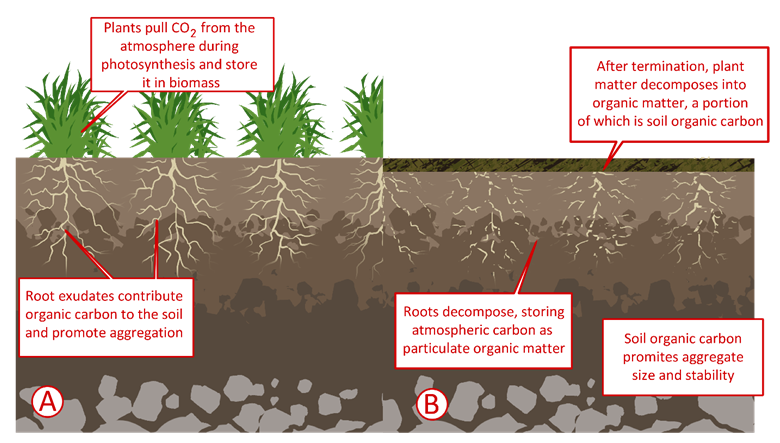


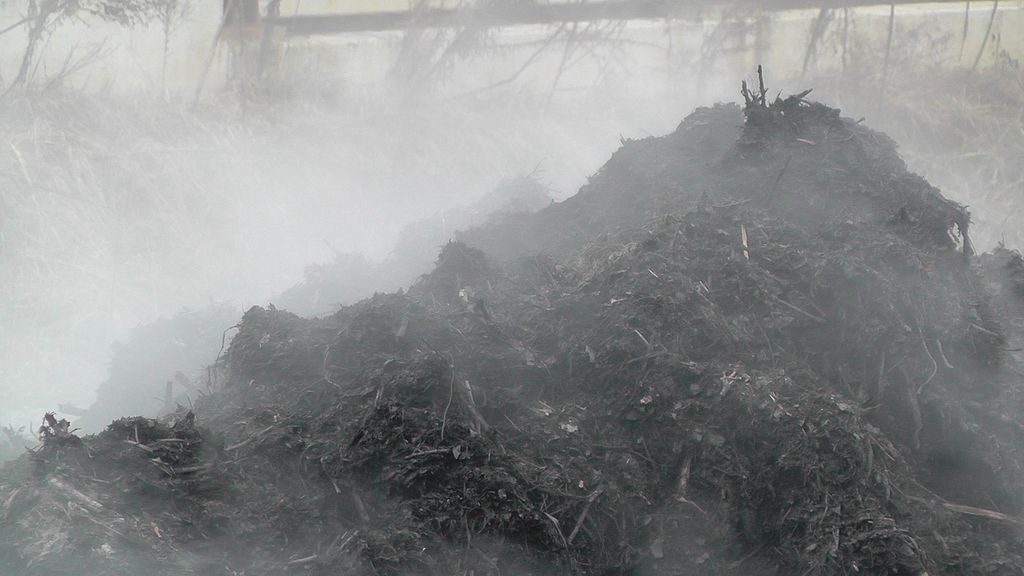
About The Author: Heather O'Shea
Bees, butterflies, spiders, and worms all make Heather happy! A long-time gardener and nature lover, Heather is often found outside observing the world around her. These two passions are combined in the ecologically sustainable gardens she designs to attract as many native critters as possible — even skunks are welcome to travel through her yard (as long as they don’t take up residence).
More posts by Heather O'Shea